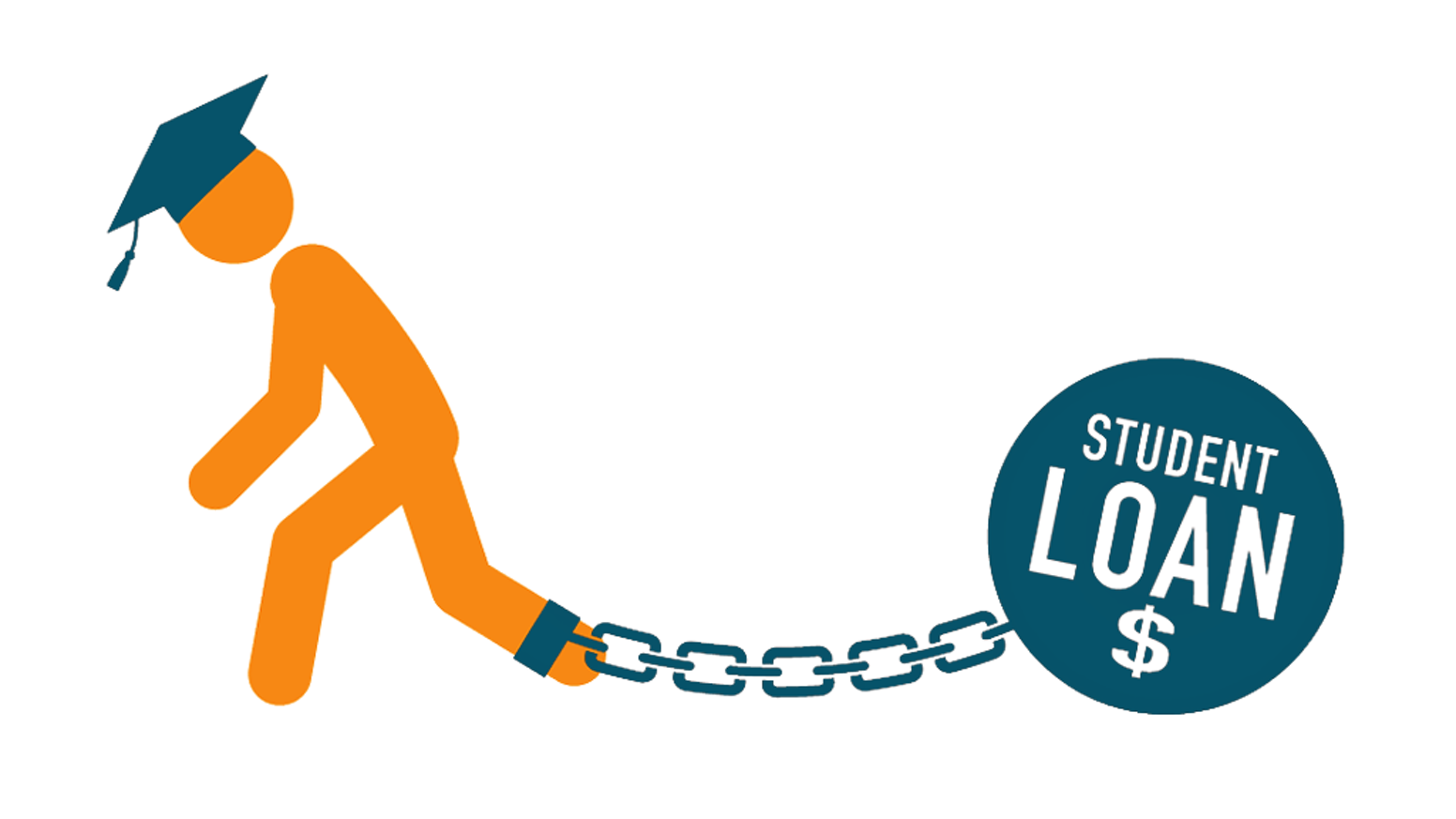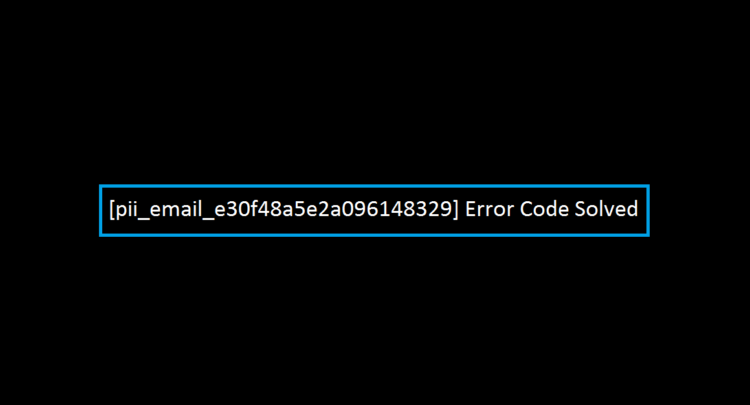If you’re like many young Americans, you’re still struggling to pay off your student loans. Over the decades, college tuition has grown more expensive, good loans have become harder to get, with higher fees and interest rates, and on top of that, graduates are finding it harder to land a job in their field of specialty. When you graduate, you may have $50,000 or more in debt, and without a plan, it may take you the rest of your life to fully pay that off.
The good news is, with the right strategy, you can eliminate your student debt once and for all.
How to Eliminate Student Debt
Anyone can follow this multi-step plan to eliminate student debt:
- Review your current loans. Before you do anything drastic, start reviewing your current student loans. How many loans do you currently have? How much is each loan? Who are your main providers? What are your interest rates? Are these interest rates fixed or variable? When are you responsible for beginning to repay the loan? How is interest accrued? Are there any additional fees that you face? This knowledge will be indispensable when putting together the rest of your plan.
- Refinance and restructure your loans (when possible). According to EducationData.org, one of the best ways to get control over your student loans is to refinance. Refinancing is a way to pay off your old loan and take out a new loan to replace it. Through refinancing, you may be able to get a loan through a different provider, achieve a lower interest rate, reduce your fees, or even change the way your payments are structured. Refinancing isn’t always the best move, but in many cases, it can help you reduce your interest payments or buy time so you can find a good job. Review your options carefully before making a final decision.
- Prioritize your worst offenders. The average student loan interest rate is 5.8 percent, which isn’t great. The higher the interest rate, the more you’re going to pay over time; accordingly, you should prioritize paying off loans with higher interest rates over others. For example, if you have a loan with a 7 percent interest rate, it should take immediate priority over your loan with a 5 percent interest rate.
- Track your finances. Your next step is to master your personal finances, but before you can do that, you need to know what your personal finances look like. That means you’ll need to track everything with a comprehensive budget, including your income, your expenses, and your long-term trajectory. Put together a financial tracking plan that gives you insight into your spending habits, broken down by category, as well as your various sources of income. It will make it much easier to analyze and improve your habits.
- Increase your income. This is one of the trickiest steps of the process because it’s both vague and important. If you want to pay off your debt, you’ll need to increase your income – but at the same time, the advice to “just make more money” is practically insulting in its simplicity. You can increase your income by finding a better job, working more hours, seeking a promotion, or asking for a raise. To get to these end goals, you can also train to learn new skills or improve your education. And if these steps don’t help you get to the income level you want, you could always pick up a side gig and make extra money that way.
- Decrease your expenses. You should also work to decrease your expenses. Consider moving to a less expensive area of town to reduce your housing costs and taking public transportation instead of driving a car. You can also cut out unnecessary subscription services and reduce your entertainment expenses, or shop at a different grocery store to save money over time. Every dollar counts.
- Make additional principal payments. Some loans only require you to pay off interest, at least initially, so make sure you’re making additional payments to the actual principal of your loan. With principal payments, you’ll gradually reduce the amount of money you owe – along with reducing what you pay in interest.
Setting Expectations
This system is consistently effective in reducing student debt, but that doesn’t mean it’s easy, or that it will happen overnight. You’ll need to remain patient as you work your way through these steps, understanding that some will be harder than others. And you’ll need to understand that some of these steps may be difficult – even feeling impossible at times. Still, if you’re persistent and focused in your goals, you can achieve them and create a better life for yourself.



![[Pii_email_6fc72bf13a443be37ab3] Error 100% Fixed: Easy Tips](https://epaperplanes.com/wp-content/uploads/2021/09/5a48.png)
![How To Solve [pii_email_0cbbda68c705117dc84f] Error?](https://epaperplanes.com/wp-content/uploads/2021/09/84f.png)
